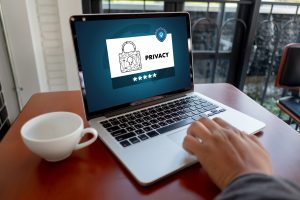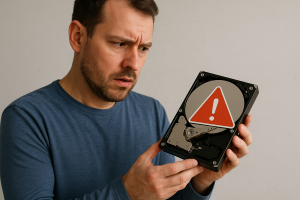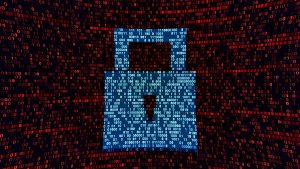
Why Your Laptop Already Has a Lock You Never Knew About
The Invisible Shield Inside Your Laptop Imagine leaving your laptop in a café. Your heart races you think of your files, client data, maybe personal photos. You rush back, and luckily it’s still there. But what if it wasn’t? Most people believe password protection or antivirus software keeps their data safe. But here’s the truth: your laptop already has a built-in lock, one most users never even notice. It’s called hardware encryption and it lives inside your SSD or HDD. Even better, solutions like Opal Lock by Fidelity Height give that invisible shield superpowers. 1. The Hidden Guardian: What Really Locks Your Laptop Data Every time you save












